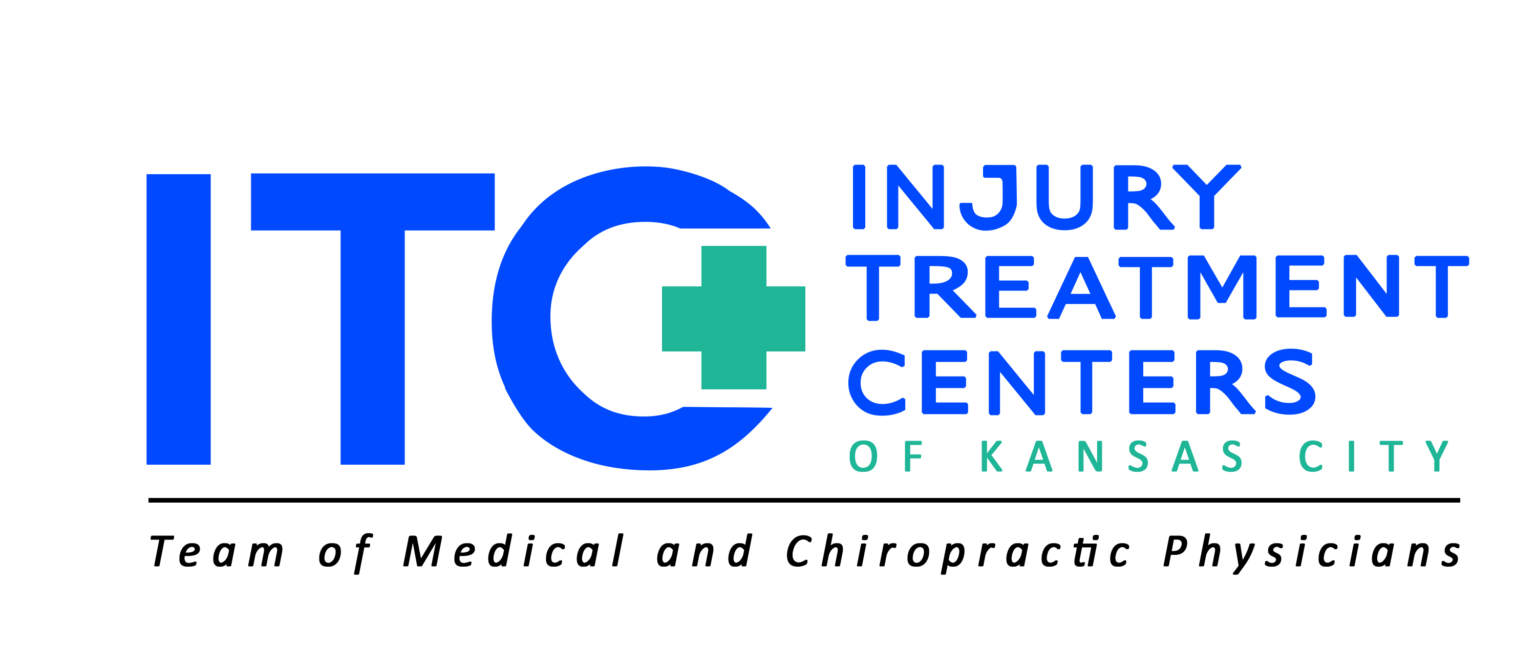Our Comprehensive Range of Cutting-Edge Services
Review our services, therapies and treatments below.
Click on Learn More for information about the services we offer.
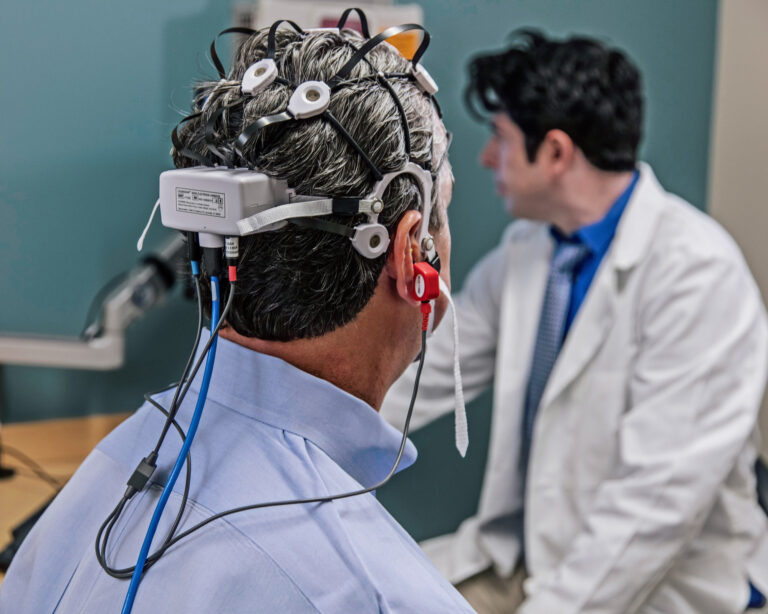
TBI/ Concussion Treatment
Did you incur a head injury recently in a car accident? Are you experiencing symptoms like dizziness, loss of balance, headaches, or behavioral changes? TBI/ Concussion treatment at Injury Treatment Centers of Kansas City can help you recover!
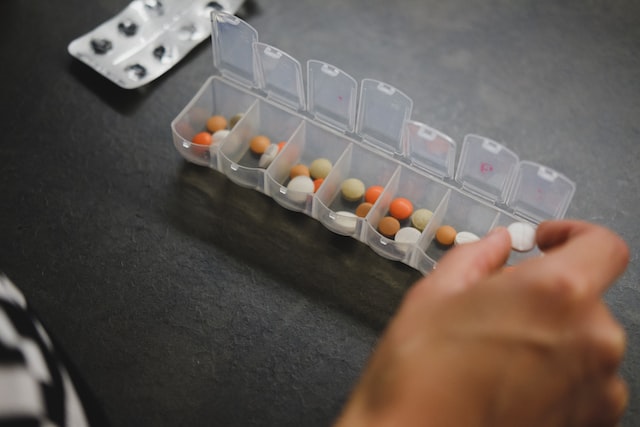
Interventional Pain Management
Auto accidents can lead to different degrees of injury, from spinal injuries to head traumas. When suffering from severe pain after an auto accident, it is typical to think pain medications such as opioids are the only avenue to relief. Unfortunately, many pain medications can be addictive and have irreversible side effects. Interventional pain management gives patients an effective alternative to conventional treatments, which focuses on the root cause of the pain.

Chiropractic Neurology
As a recent auto accident victim, you may find yourself struggling with debilitating pain or other symptoms like dizziness, vertigo, or headaches. Injuries sustained to the head, spine, or even joints can affect your quality of life and bring on symptoms that conventional treatments or medications only temporarily relieve.
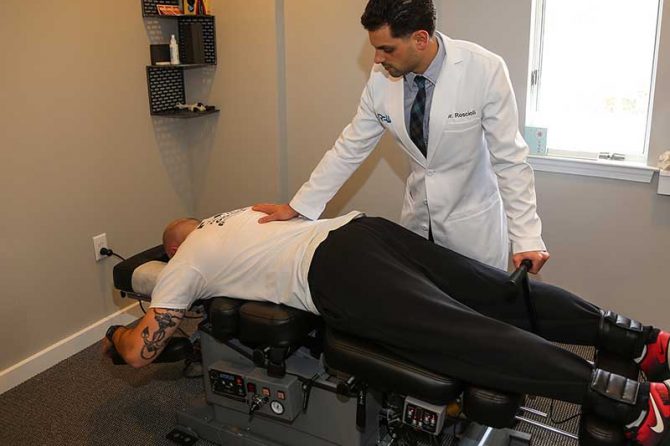
Flexion Distraction Technique
Flexion Distraction Technique is a chiropractic technique for spinal manipulation that utilizes a specially designed segmented adjustment table. Developed by Dr. James M. Cox in the 1960s, this specialized treatment approach addresses disc-related and spinal injuries, particularly affecting the lumbar region.
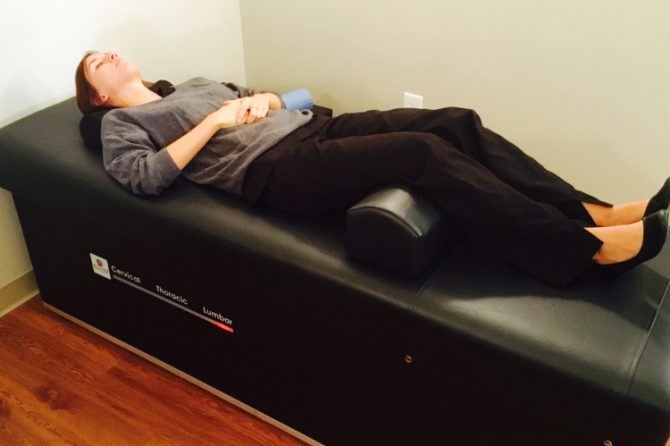
Intersegmental Traction Therapy (IST)
During the impact of an auto accident, it is common for your spine to sustain damage. You may not experience the symptoms of a spine injury right away due to the shock of the accident. However, you can begin to feel neck or back pain over a few weeks or even months.
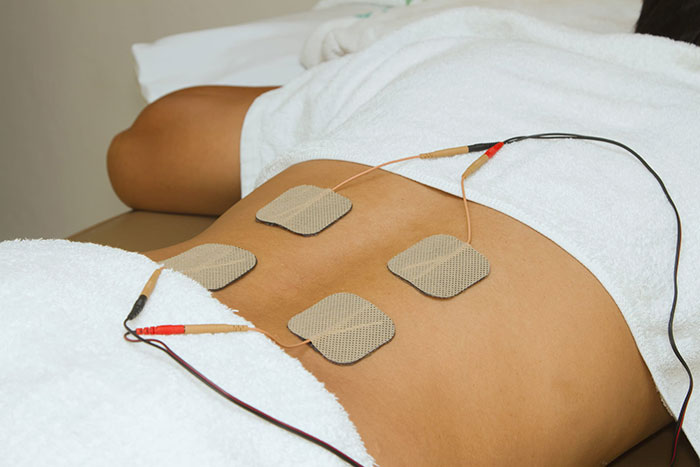
Interferential Current Therapy
If you have recently been injured in an auto accident and sustained soft tissue injuries, Interferential Current Therapy may help. Interferential Current Therapy is a non-invasive electrical current therapy that penetrates deep into injured tissues to help heal soft tissue damage. Soft tissue injuries are the most common auto accident injuries affecting patients.
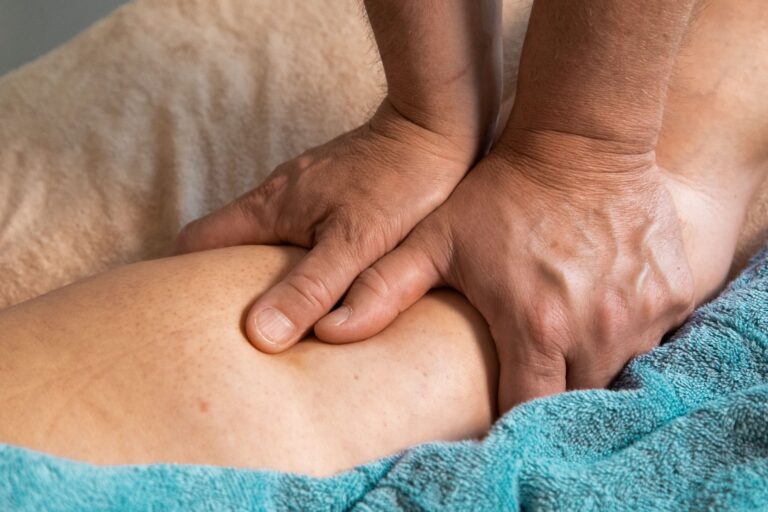
Manual Therapy
When you are involved in a car accident, you may experience stiffness and pain in your muscles and joints. Over time, these symptoms can affect your range of motion and movement. Manual therapy may help alleviate your symptoms and help you rehabilitate your joints and surrounding soft tissues.
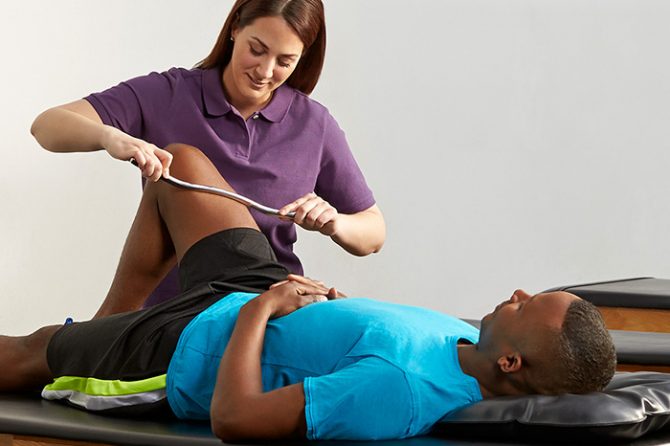
Myofascial Release
Fascia is a connective tissue network supporting and holding muscles, bones, nerves, organs, and blood vessels in place. Due to auto accident injuries, adhesions and restrictions develop in these connective tissues, causing pain. Myofascial pain is chronic and different from other types of pain as it arises where myofascial tissues meet or cross.
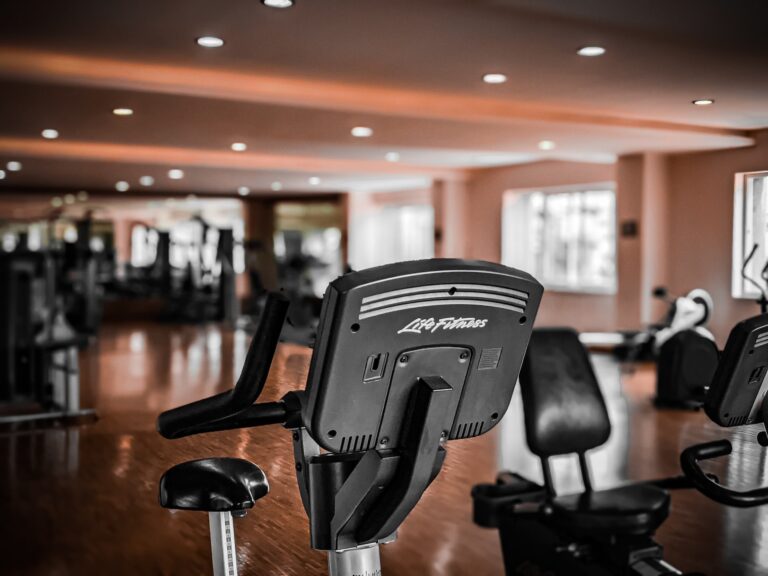
Neuromuscular Re-education (NMR)
Being involved in a traumatic experience such as an auto accident can cause injury or damage to your nerves and muscles. If you have irregular muscle movements, coordination, posture, or balance issues following your accident, Neuromuscular Re-Education may help.
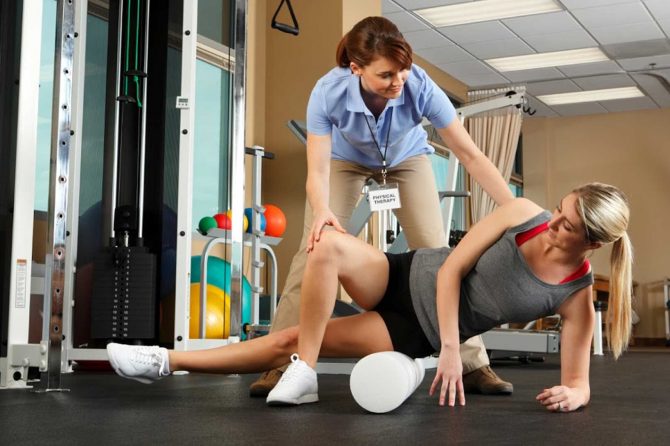
Injury Rehabilatation
Has a recent injury from a car accident been causing you pain or limiting your ability to perform simple tasks? Some everyday activities, such as reaching overhead, working at your desk, squatting, or climbing stairs, can be challenging to perform with an injury. Injury rehabilitation helps place patients on the right track by exercising weak points and regaining strength. Injury rehabilitation aims to prepare the patient for everyday usage and motions and help prevent further injury.
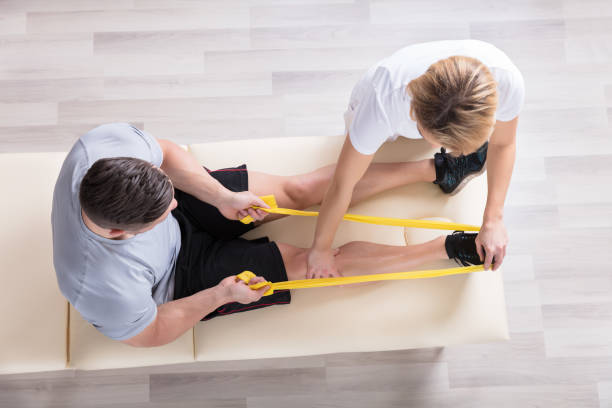
Therapeutic Exercise
Some auto accident injuries can lead to chronic pain and long-term issues if left untreated. Therapeutic Exercise aims to address injuries promptly, reducing the risk of complications and promoting full recovery.
